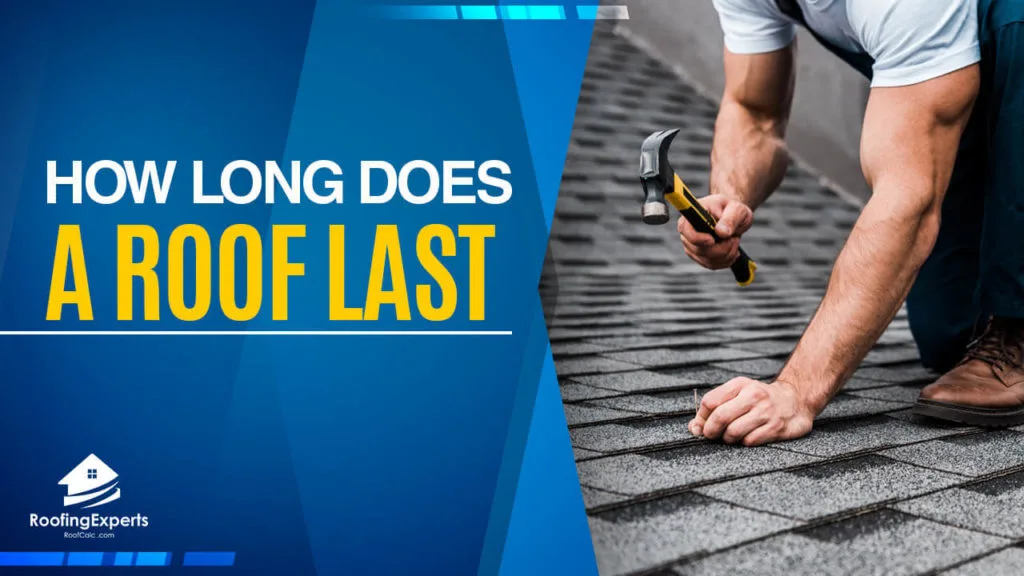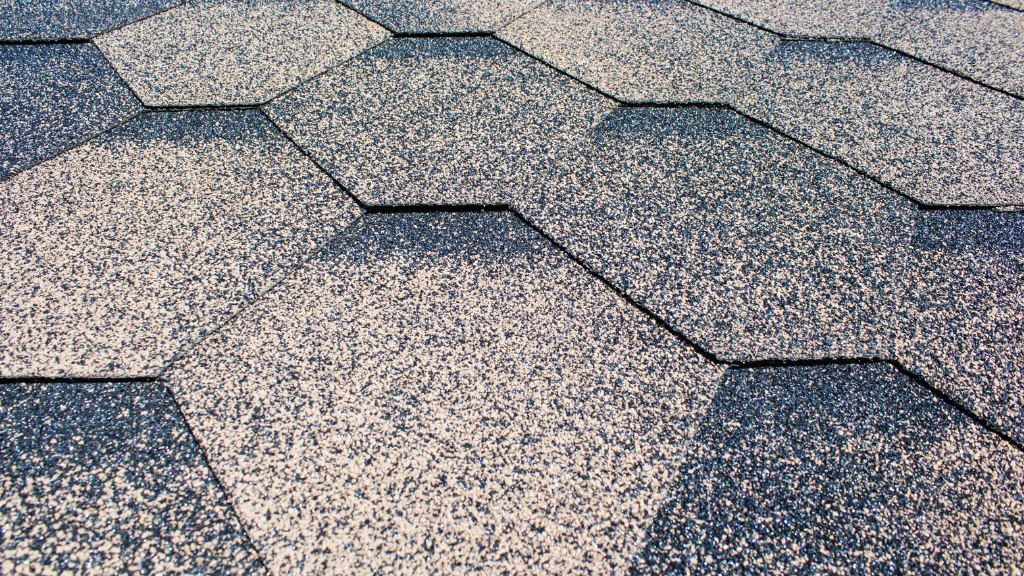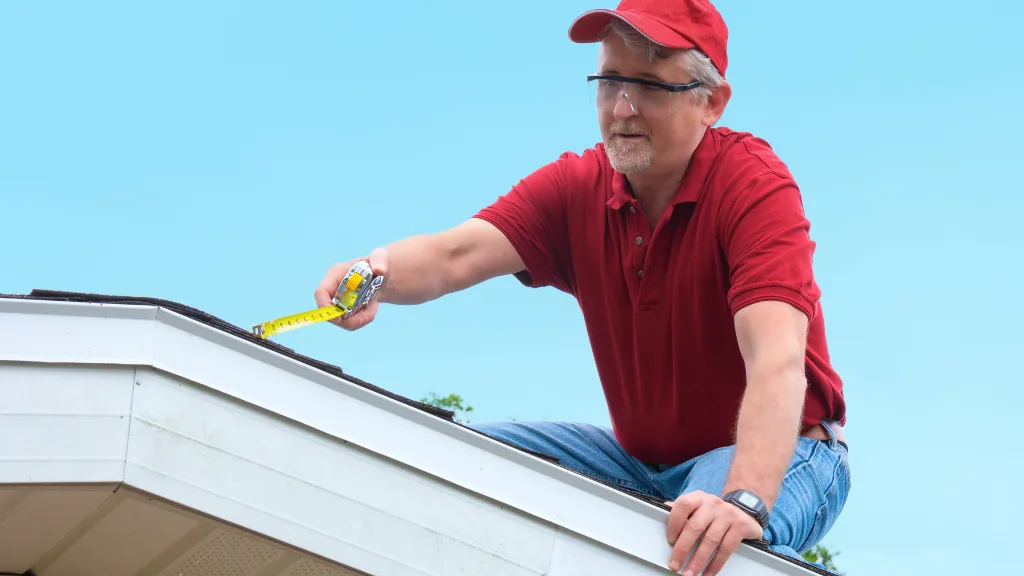If you’re planning to buy a new house or are already in the process of building one, you’re probably wondering how long you can expect your roof to last. Or perhaps, you are already living in your home, and you want to know your roof’s condition and if it needs a replacement.
On average, the weather elements in your location, materials used and their quality, and workmanship determine a roof’s lifespan. While many types of roofs last more than 15 years, some can hold up very well for about 50 years, perhaps even longer.
There are many options to explore when you need to choose the right roof for your home. Learn more about how long does a roof last – the lifespan of your roof and how much it would cost to replace your roof or upgrade it.

How long does a roof last (What will I expect )?
In general, you can expect your roof to last about 30 years. Although, the actual lifespan of your roof greatly depends on a few factors, including the type of materials used and the environment.
You should consider many things when you’re on the hunt for a new roof, mainly because you need to ensure that your time and investment in buying a new roof isn’t wasted.
Using cheap materials won’t last as long as the expensive ones, and the price range is extensive. If you’re buying or selling a house, chances are you’re more focused on the layout of the home, interiors, appliances, kitchen, and whatnot – all the things a homeowner cannot change.
What are the factors that impact your roof’s lifespan?
Type of materials used
Each roofing material has different durability and it can determine how long or how short the roof can last in different conditions.
Quality of the materials
Cheaper materials won’t cost you as much, but they will need to be replaced more often than not as compared to more expensive roofing materials. Since there are low and high-quality materials, it’s always best to choose the higher-quality ones so that you can expect your roof to last longer.
Underlayment
One of the most critical components of a residential roof replacement is the roofing underlayment. If, in any case, that the exterior of the roof gets damaged, the underlayment can provide waterproofing protection as it is an additional layer of defense that prevents the buildup of moisture and mold so that your materials won’t rot.
Workmanship of installation
Poor quality of installation can shorten the lifespan of your roof. Making sure to check their qualifications, liability, and insurance coverage and their reviews or testimonials can help you choose the right contractor.
Having known these things could affect the average lifespan of your roof, as you don’t want to be in a position wherein you’ll see signs that they’re doing a poor job of installing your roof. Choosing a licensed professional that uses high-quality materials can protect your home in the long run.
The weather elements
Climates can sometimes be unpredictable. Both the sun and climate exposure are a few of the many factors that can affect your roof’s lifespan. In different areas, the drastic changes in temperature along with heavy storms can cause roof damage, so it’s always best to choose more durable options for your roof.
Frequent temperature changes that go from either hot to cold and vice versa, like what we usually encounter in spring and fall, can cause cracks and splits in shingles. The wind, hail, or even tornadoes and other storms can result in even more harm to your roofs, such as protective granules in roof shingles, divots or dirt in your roof, and moisture buildup that can lead to mold and leaks.
It is also important to pay close attention to the trees within the vicinity of your roof and make sure to check if there is any debris or leaves in the gutter.
The color of the materials
In most cases, the color you choose for your shingles also affects the average lifespan of your roof. Especially in sunny areas, lighter colors are more recommended as darker colors will absorb more heat from the sun. Shingles that tend to get overheated are more prone to depreciation and make ventilation more difficult for your roof.
Ventilation
Essentially, having proper ventilation for your roof plays a big role and can increase your roof’s life expectancy. The roof’s materials are less likely to crack and can reduce the risk of freezing or overheating if it consistently maintains temperature. It is also highly likely that the improper ventilation of your roof can lead to damages that can be expensive to replace, so it’s always important to watch out for any signs of poor ventilation for preventive measures.
The roof’s slope
The roof’s slope or pitch affects the drainage, so a roof with poor drainage abilities can often lead to more repairs and replacements. More importantly, checking your roof constantly for water buildup helps in preventing mold, fungus growth, or any cause for any severe damage that can lead to roof leaks.
Regular roof maintenance
Having routine maintenance every once in a while can extend your roof’s life expectancy, as well as having annual inspections to check for any damages or repairs. That way, it can be fixed before it’s too late and unfixable.
Different roof types and their lifespan
Asphalt Shingles
These are the most common type of roofing material used in the United States because they are durable, affordable, and have warranties of up to 25 years. Made up of fiberglass and asphalt sealant, asphalt shingles can protect your roof effectively from rain, snow, wind, and harsh UV rays.
Most asphalt shingles last from 15 to 30 years; however, it all still depends on the weather conditions and weather where you live.
3-Tab Shingles
These typically last between 15 to 20 years. 3-tab shingles are also the cheapest asphalt shingle option, but they have the lowest life expectancy due to having less durable materials and low wind resistance.
Composite Shingles
The composite shingles are made to look like wood or slate tiles when they are actually made from rubber, polymer, or plastic. They are also a good option as they are less expensive than slate yet are still on the expensive side for a less durable material. Depending on what you opt for, they last longer and provide more protection from heat, fire, and hail. These shingles have a variety of color options available and will last anywhere from 40 to 50 years.
Architectural Shingles
Architectural shingles are dimensional shingles between 30 to 50 years. And although they come with a higher price tag, there are various types made of more durable and thicker materials. They also come in different colors, so you have a lot of options to give your roof a more layered appearance.
Wood Shakes and Shingles
The wood shakes or shingles make a home have a more rustic and natural feel to it. Wood shakes are made out of cut cedar, pine, or spruce, and these wood shingles can last up to 30 years. While these are a viable option, it needs ongoing care as it can be more exposed to mold, fire, termites, and other storm damage.

Metal Roof
Metal roofs can last up to 40 to 50 years, depending on the thickness of the metal you plan to purchase. If you choose a thicker, more durable option, it will be able to provide you the protection of up to 50 years. While metal roofs are gaining popularity, this option is more on the expensive side because of the installation costs but has a longer roof lifespan than that of asphalt.
Slate Tiles
The slate tiles are extremely durable and have the highest life expectancy of over 50 years up to 100. Since they can resist heat, snow, hail, and moisture, they are excellent options for Midwestern homes. Because of how expensive slate tiles are, the number of contractors that can install them is limited, and it is recommended that homeowners contact a structural engineer first before you take on the weight.
Clay or Concrete Tile Roof
Clay or concrete tile roofs can withstand any type of climate or weather conditions and can stay strong for 50 years or more. They protect your roof from extreme heat, and the concrete tiles are effective in reflecting the sunlight. Similarly, they are the same as slates roofs. Clay and concrete are heavy-duty, but they are a significant investment, which requires additional framing and support for when it needs to be installed.
Flat roof and commercial roof average lifespans
PVC (polyvinyl chloride or vinyl)
This type of flat roof provides the most energy-efficient as it is UV resistant, and involves a membrane-like IB roof. This is a costly investment but will last over 20 years.
EPDM
EPDM is made of synthetic rubber material that is commonly used for commercial roofs. This is an affordable option and easy to install. And depending on how well it’s maintained, it can last 25 to 30 years or more.
TPO (Thermoplastic Polyolefin)
TPO is a single-ply flat roofing alternative. Its seam strength is stronger than that of EPDM. It is less expensive than PVC but is not as flexible and can last between 15 to 20 years.
Spray Foam
Spray foam is an excellent option roofing option, as it can last over 50 years, depending on the thickness of the foam and the coating, while also considering maintaining it well and following a recoating schedule.
How can I make my roof last longer?
To be able to get the most out of your roof replacement, it is recommended that you always carefully check your roof for any damages and the overall state of your roof. The lifespan of your roof can be extended with maintenance and inspections done annually. This will help determine issues as early as possible and avoid any casualties in the future.
Homeowners and property managers alike can perform maintenances for the roof. It is recommended to assess the state of your roof seasonally, as each season is different and requires different types of care. During the summer and spring, properties can be struck with different weather, temperatures, and other external causes for probable harm, such as hail and storms.
There will be a lot of fallen leaves and debris on your roof in the fall, so homeowners are suggested to clear and inspect the roof to make sure there isn’t any buildup on the roof. During the winter season, you should always ensure that there is proper ventilation and especially check for any damages hiding in your roof or any leaks in the ceiling.
Alongside the regular and annual roof checkups, an additional yearly property evaluation from a professional can also be beneficial. Being advised by them regarding your property or any issues that appear over time can be helpful for you too.
How often do I need to replace my roof?
Knowing already the lifespan of each type of roofing and its materials, you should also take note of the other factors that may affect your roof’s lifespan. A few warning signs you need to keep track of are:
- Leaks and water damage
- Damage to the roof’s material
- Pests getting inside of the roo
- Any visible damages to the roof and its exterior
- Discoloration to the ceiling
If you haven’t replaced your roof for a long time, you may need to pay close attention to its state. Planning ahead and saving up for a replacement can save you from extra costs that may arise. After all, it’s an investment. You may even consider contacting a roofing contractor about any inquiries and which type of roofing replacement is best for you.
That way, you would be prepared for anything that comes your way when you’re expecting to replace your roof. And you can never exactly tell if you would need a replacement, so for annual inspections, it’s recommended to always keep a close eye on your roof, just a car or any significant investment.
Key takeaways
The key to having a long-lasting roof is to schedule a roof inspection that is provided by a licensed professional or roofing contractor. Identifying the issues and damages early on will definitely save you from all the heavy and extra costs of having it fixed or even replaced. It may even increase your roof’s life expectancy and last you a couple of years more.
If you’re looking to have it replaced or are already considering getting a new roof, getting in touch with your local roofing contractors is recommended. They may give you different costs or prices, so having a trusted contractor by your side will help you in the long run.

